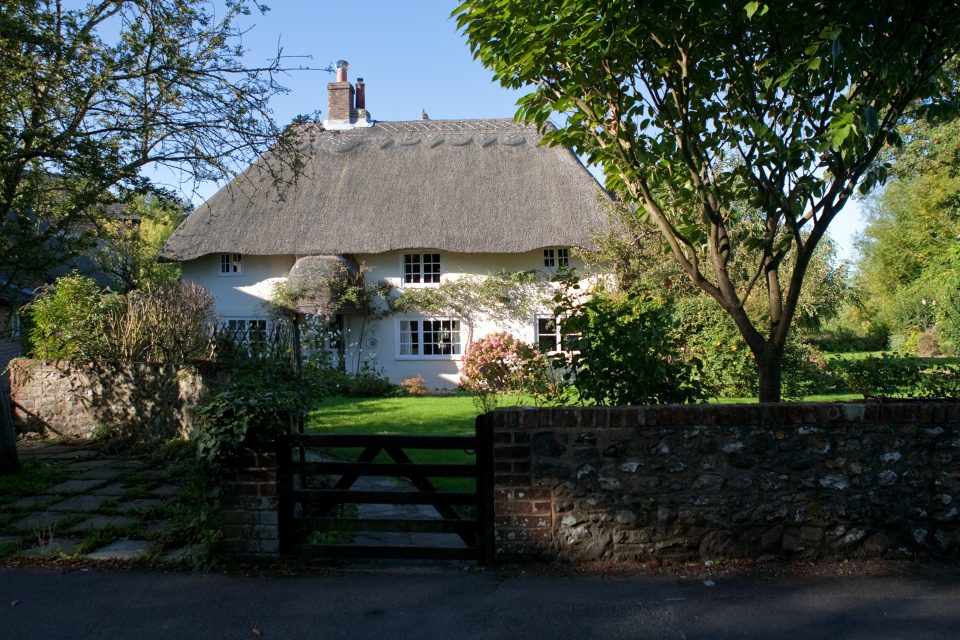Central heating is essential for keeping homes warm and cosy during the cold winter months. But have you ever wondered what temperature your central heating system is designed to reach? This temperature, known as the design temperature, is an important factor to consider when choosing and operating your heating system.
What is design temperature?
The central heating design temperature is the outdoor temperature at which your heating system is designed to maintain a comfortable indoor temperature, typically around 20-21°C. This temperature is determined by a number of factors, including:
- The location of your home: Homes in colder regions will have a higher design temperature than homes in milder regions.
- The type of property: Detached houses will typically have a higher design temperature than terraced houses or flats, as they lose heat more easily.
- The level of insulation: Homes with good insulation will have a lower design temperature, as they lose less heat.
Why is central heating design temperature important for homeowners?
Knowing your central heating design temperature is important for a number of reasons:
- Choosing the right heating system: When choosing a central heating system, it is important to make sure that it is powerful enough to heat your home to the desired temperature even on the coldest days. If you choose a system that is too small, you may find that your home is not warm enough in the winter.
- Setting your thermostat: Once you know your central heating design temperature, you can set your thermostat accordingly. This will help you to maintain a comfortable indoor temperature while using energy efficiently.
- Understanding your energy bills: The higher your central heating design temperature, the more energy your system will use to maintain a comfortable indoor temperature. This can have a significant impact on your energy bills.
The lowest design temperatures in the UK
In the UK, heating design temperatures can vary significantly due to geographic location and local climate conditions. For example, the lowest design temperatures in the UK are around -15°C, which can be found in Aviemore, in the center of Scotland. This area experiences some of the coldest winter temperatures due to its elevation and distance from the coast.
Coastal areas in Scotland, on the other hand, benefit from the thermal mass of the sea, which can moderate temperature extremes. This thermal mass effect means that coastal areas often have higher design temperatures because the sea acts as a buffer against the coldest temperatures, reducing the likelihood of extreme cold that would challenge the heating system.
For homeowners, this means that those living in inland areas like Aviemore need a more robust heating system compared to those living in coastal regions. The design temperature will affect the insulation requirements, boiler size and even the type of radiators or underfloor heating systems that would be most effective.
Homes in these areas need to be well-insulated and have powerful heating systems to keep them warm in the winter. However, even in milder parts of the UK, it is important to choose a central heating system that is powerful enough to cope with the occasional cold snap.
What can homeowners do to reduce their central heating design temperature?
There are a number of things that homeowners can do to reduce their central heating design temperature and save energy on their heating bills:
- Improve insulation: Adding insulation to your walls, roof, and loft can make a big difference to the energy efficiency of your home.
- Upgrade your windows and doors: Drafty windows and doors can let in a lot of cold air. Replacing them with energy-efficient windows and doors can help to keep your home warm.
Central heating design temperature is an important factor to consider when choosing and operating your heating system. By understanding what it is and how it affects your home, you can make informed decisions about how to keep your home warm and cozy while saving energy and money.



Hi Mars. I admit I am not a heating engineer, but I am a little confused by the description of ‘Design Temperature’. I understand that it is the lowest external temperature used to calculate the required capacity or output of the heating system to maintain the indoor temperature at say 21 deg.C. Our design temperature in Cornwall is -5 deg.C. However, this is, as I understand it, a common value for any heating system calculation in our area, and is not variable depending on the size or insulation performance of a building. As I understand it, the design capacity of any heating system is determined by the total heat loss of the building, which is derived from the size, type, construction and insulation performance of the building at the deisgn temperature.
I think what you are writing about here is usually called the design outdoor temperature (DOT). If you called it that then the article would be a lot clearer.